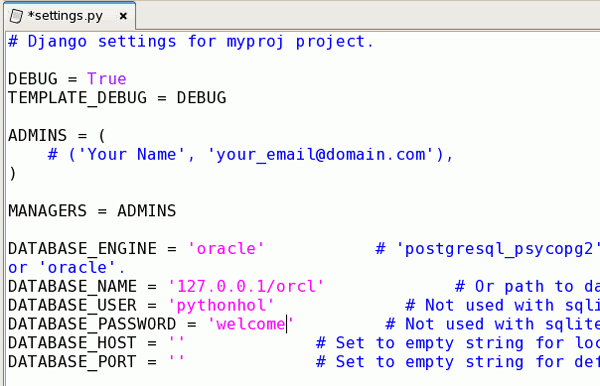

Oracle 10g, on the other hand, brings more significant change to the wait event interface than we have seen in years. But these are minor enhancements, really. Also, Oracle 9i TKPROF reports include wait event information and Oracle 9i v$ views show wa it times in microseconds. Oracle 7.3 had just 106 wait events, while that number has increased to over 400 in Oracle 9i. Although introduced in Oracle 7, not much changed in the wai t event interface through and including O racle 9i. It lists all of the wait event names for Oracle 10g release 10.1.0.3, along with the parameter names for each.

For this reason, you might find the Appendix listed at the end of this paper to be useful.
Oracle enqueue waits manual#
For example, the Oracle 10g Database Reference manual (part number B10755-01) still provides the wait events list from Oracle 9i. 0.3, making it that much harder to learn what has changed in Oracle 10g with respect to wait events and the wait event interface. ) There are still significant gaps in the documentation as of Oracle 10g release 10.1.
Oracle enqueue waits for free#
( Those new to this area of Oracle technology might want to first read our paper entitled, “Interpreting Wait Events to Boost System Performance” available for free download at. In particular, this paper is designed for DBAs who have experience using the wait event facility in Oracle 9i or earlier and want to learn what enhancements have b een made in Oracle 10g.

Throughout this paper we will assume the reader is familiar with wait event concepts and the wait event interface in Oracle. The wait event interface has continued to be an invaluable tool for DBAs as it offers both breadth and depth in the information it provides to aid in troubleshooting and boosting system performance. Solution Oracle provides us with VACTIVESESSIONHISTORY to get information about the most common wait events, and the SQL statements, database objects, and users responsible for those waits.


 0 kommentar(er)
0 kommentar(er)
